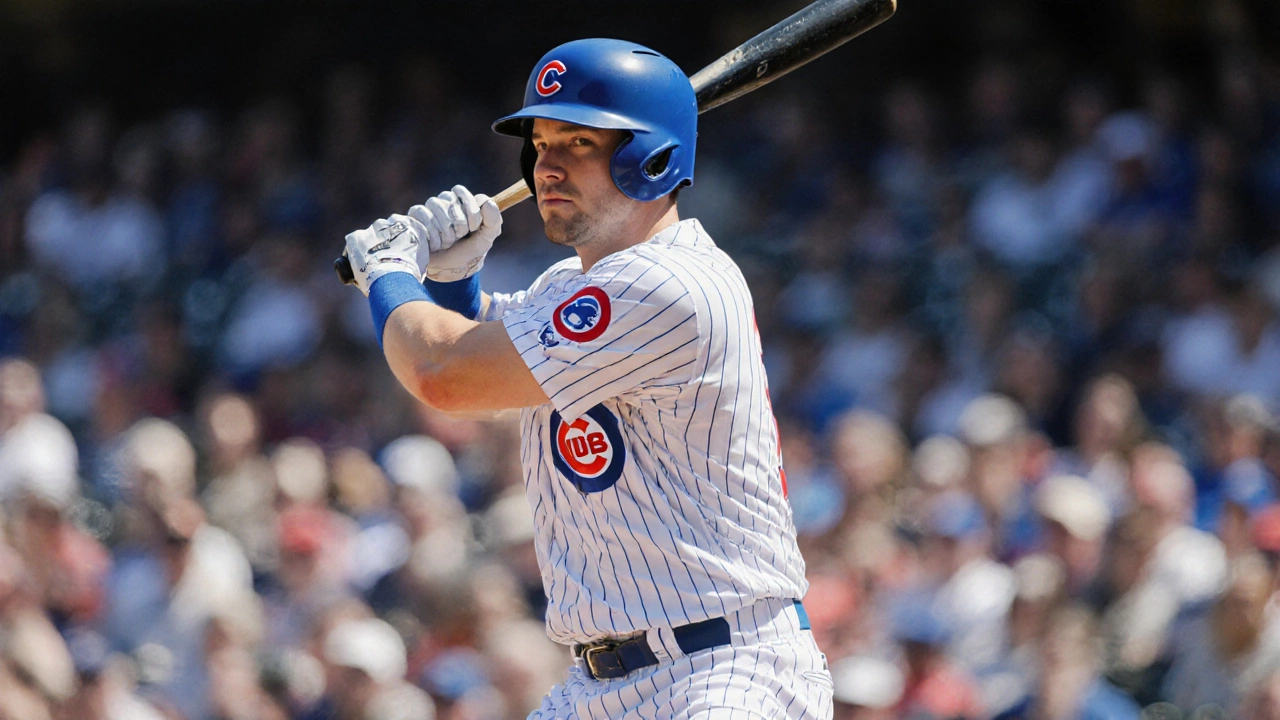Cubs
When following Cubs, the Chicago baseball franchise celebrated for its long history and loyal fan base. Also known as Chicago Cubs, it stands as a central figure in American Baseball, the bat‑and‑ball sport played at major league level across the United States and a big part of Sports media, the TV, radio and digital platforms that broadcast games and analysis. Below you’ll see why this mix matters for any teen who follows the game.
How media shifts shape the Cubs experience
Recent moves in sports broadcasting, like the introduction of ads on NFL RedZone, show how even a traditionally commercial‑free format can change overnight. When the Cubs negotiate TV deals or streaming rights, those shifts affect what teen fans see on their screens and how much they pay for access. Cubs fans now notice more sponsor spots during innings, and that directly influences the vibe in the stadium and on social feeds. Understanding these media trends helps young followers see the business side of the game and how it drives ticket prices, merch drops, and even the timing of post‑game shows.
Another layer is digital privacy. Teens today worry whether their phones are being watched, and that concern isn’t just for regular users. Players on the Cubs roster use smartphones for everything—team strategy chats, personal branding, health monitoring. If government agencies or data brokers can tap those devices, it raises real risks for game‑plan leaks and personal security. The same tech that powers location‑based ads can also expose player movements, making privacy tools a must‑have for any aspiring athlete.
Money matters, too. Many professional athletes think about life after the field, and one option gaining traction is cash‑value life insurance. This permanent policy builds a savings component that can be borrowed against for retirement, startup costs, or unexpected expenses. For a Cubs player, that safety net means they can focus on improving performance without fearing financial fallout later. Teens learning about the sport can start early, exploring how smart insurance choices protect long‑term wealth while still covering day‑to‑day needs.
Physical preparation goes beyond batting practice. Cyclists often keep riding after a race to boost endurance, and the same principle applies to baseball players. Cross‑training on a bike strengthens leg muscles, improves aerobic capacity, and reduces injury risk—key benefits for outfielders and infielders alike. When the Cubs travel across the country, many players log miles on stationary bikes during flights or bus rides, turning travel time into training time. That habit mirrors the lifestyle of dedicated travel bloggers who turn every trip into an adventure and a chance to stay fit.
Game days are also about atmosphere. Historic venues like Wrigley Field borrow carnival‑style entertainment—music, food stalls, and fan contests—to keep crowds pumped. Knowing the history of terms like “rubes” used by circus workers helps fans appreciate the quirky side of stadium culture. These traditions add layers to the Cubs experience, connecting sports, travel, and community celebration.
With all these angles—media evolution, privacy safeguards, financial planning, cross‑training, travel vibes, and fan culture—you’ll find a collection of stories that dig deep into what makes the Cubs more than just a team. Dive in to see how each piece fits into the bigger picture of teen sports life.

Matt Shaw Chooses Memorial Over Playoff Game, Sparks Debate
Rookie third baseman Matt Shaw skipped a pivotal Cubs‑Reds matchup to attend the memorial of activist Charlie Kirk, citing friendship and faith. Mets broadcasters slammed the move as odd, but Shaw answered with a three‑hit, home‑run night that rattled New York’s wildcard hopes. The incident highlights the clash between personal convictions and team obligations in a tight playoff race.